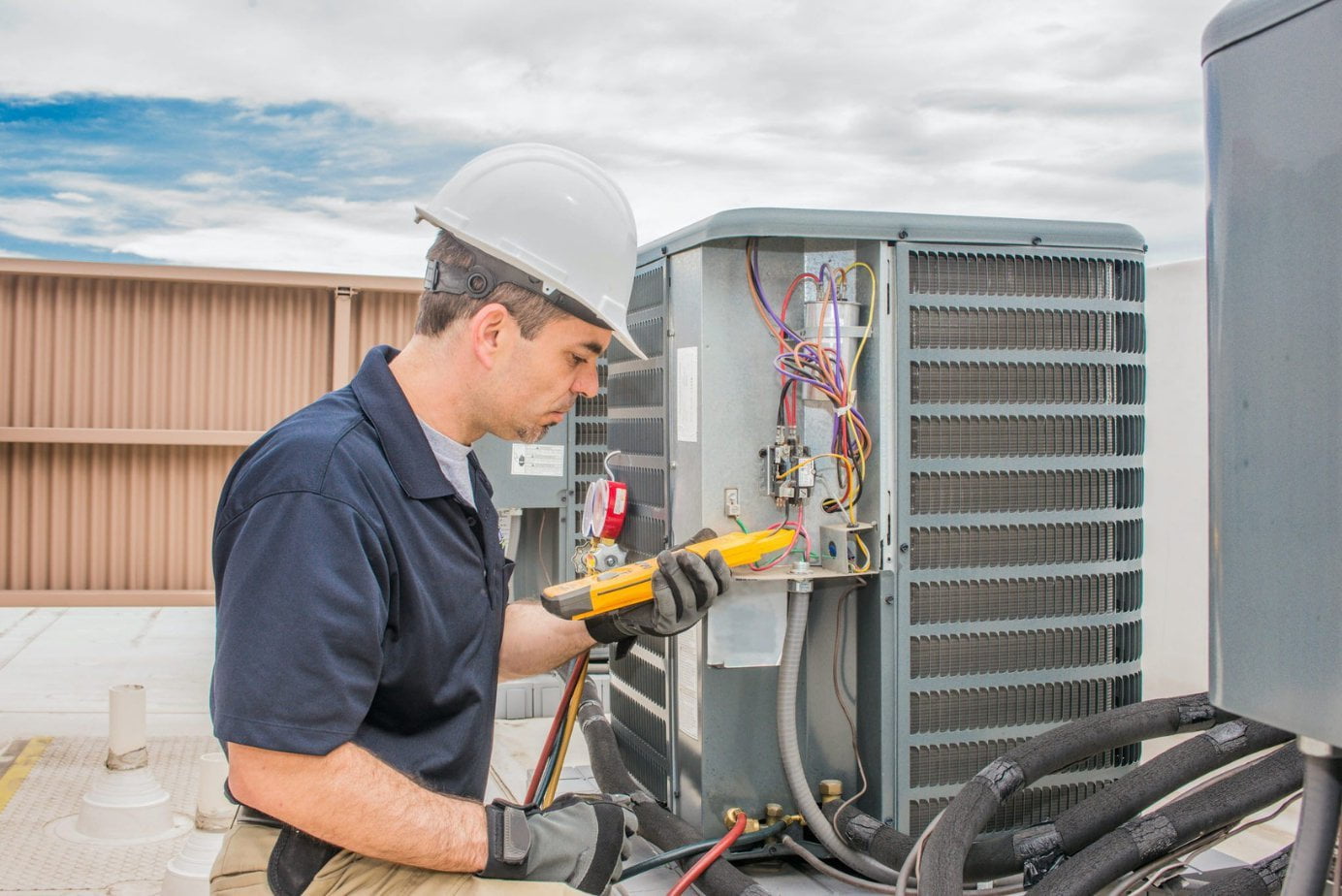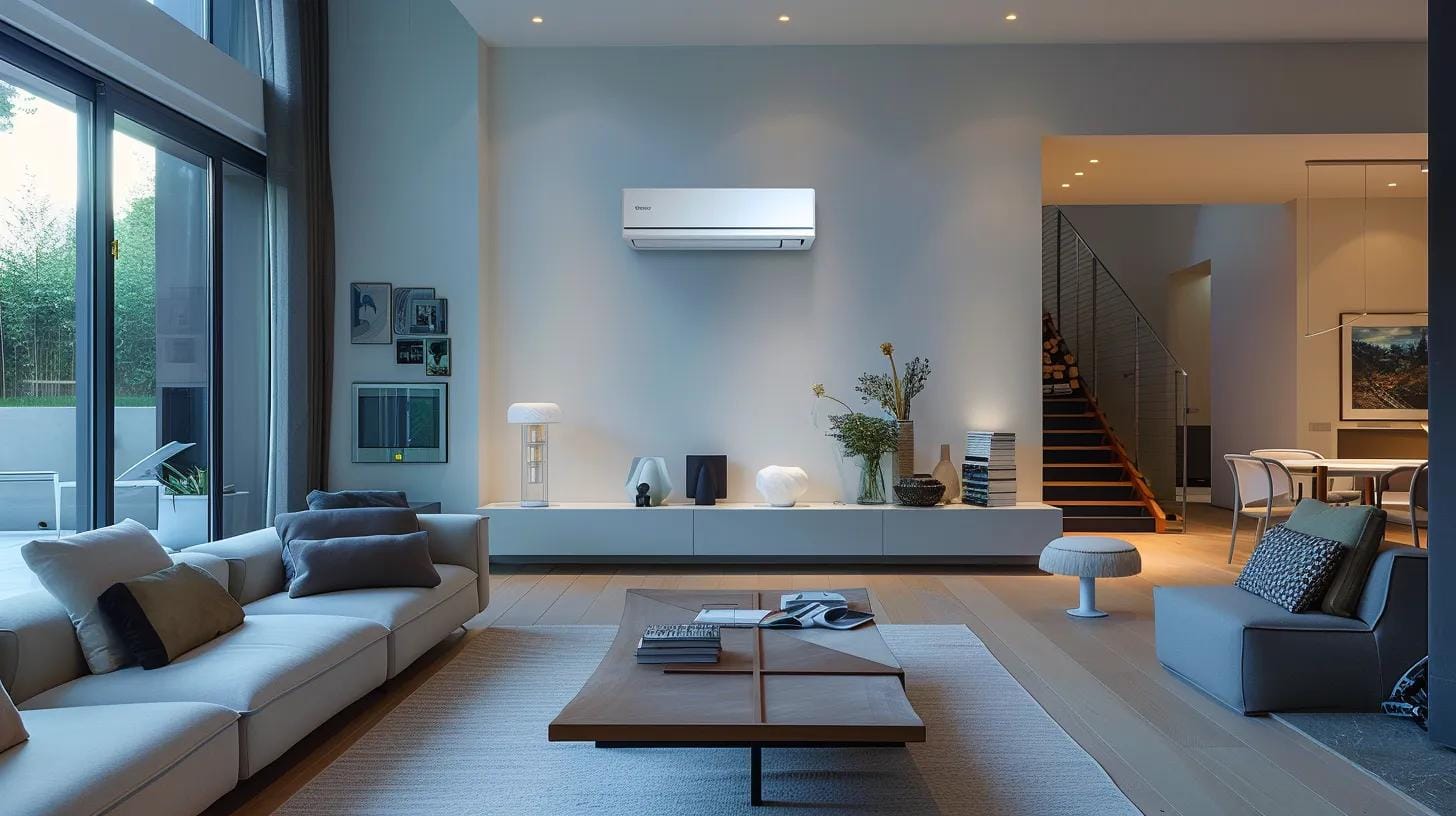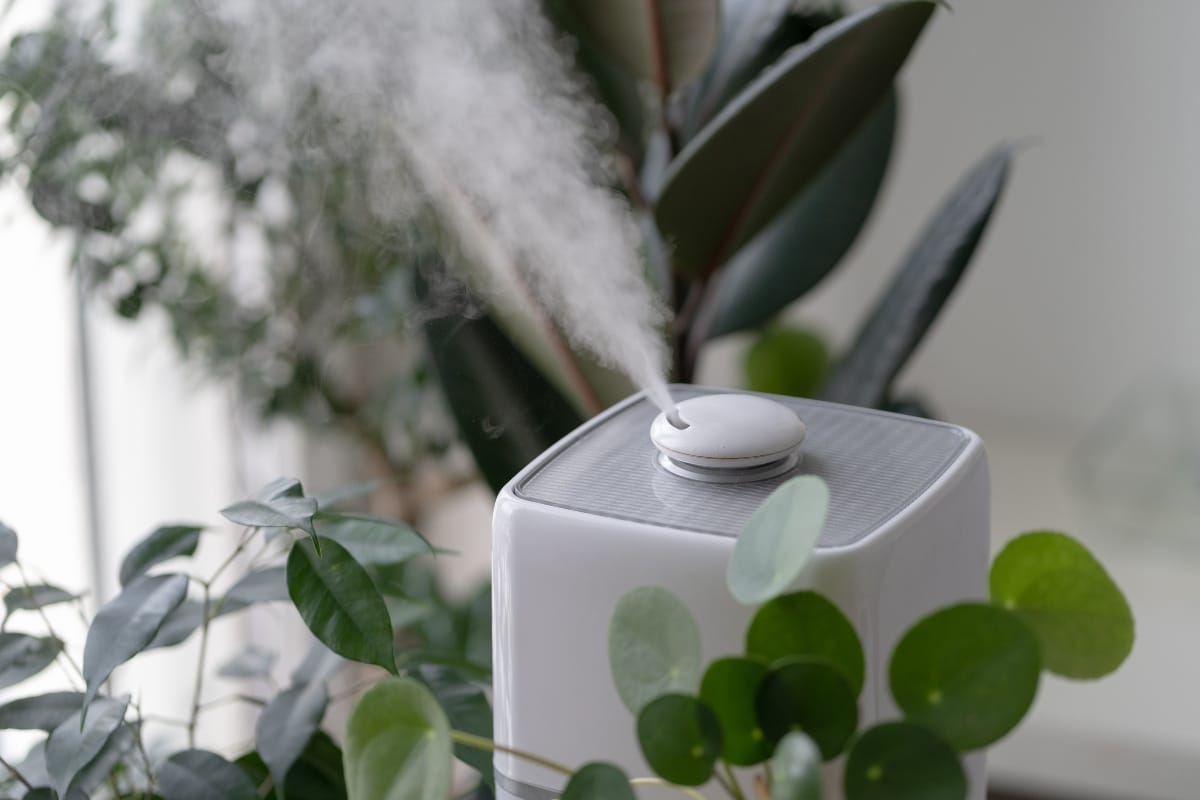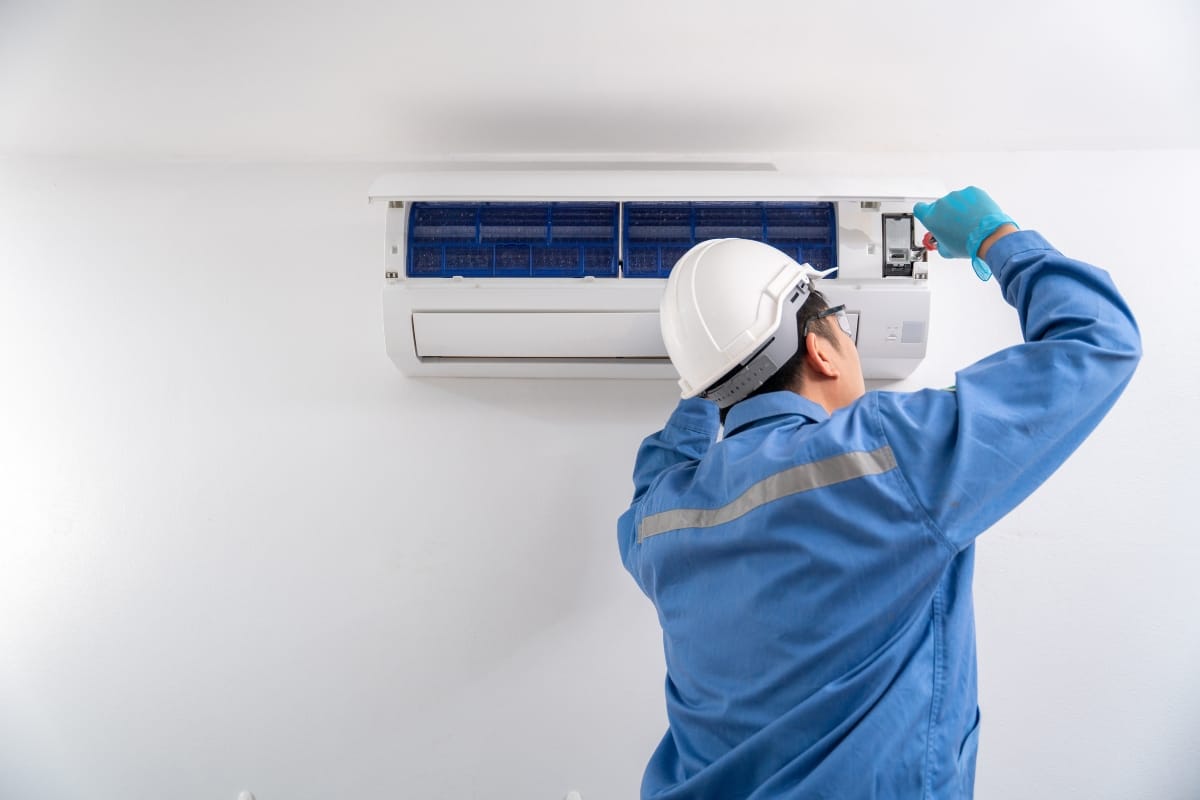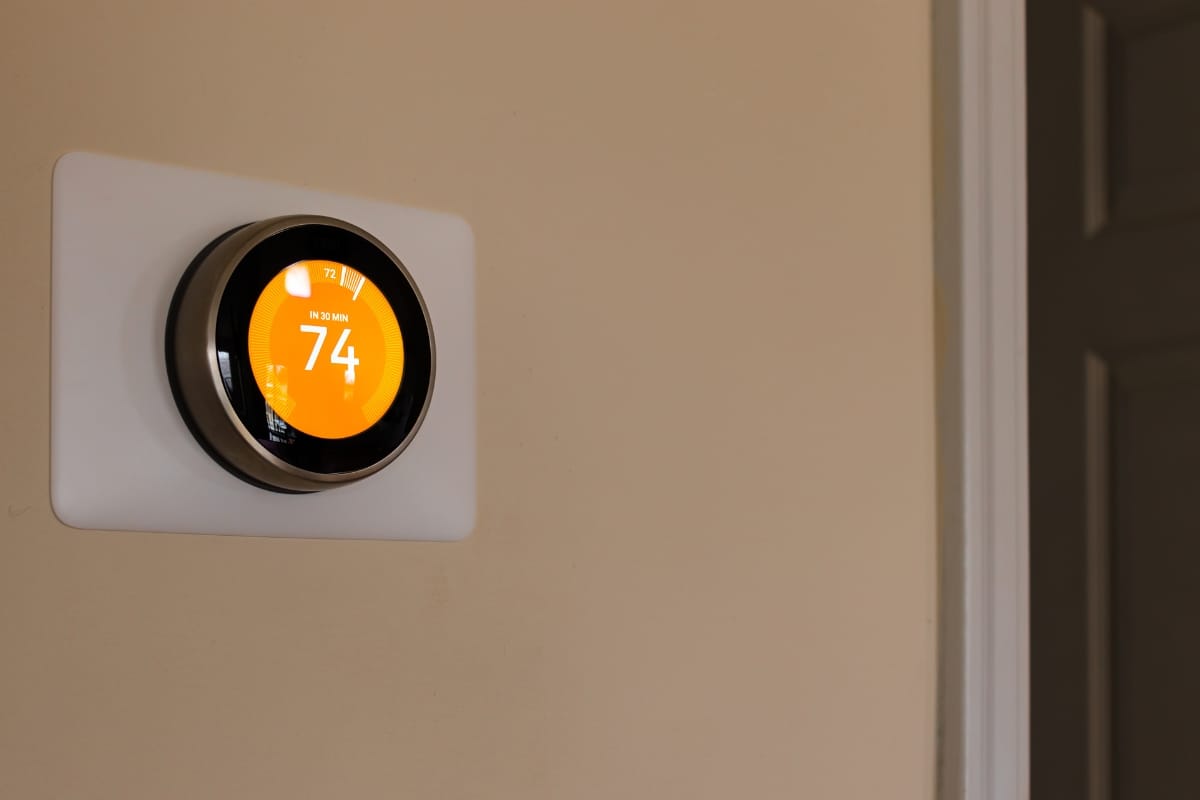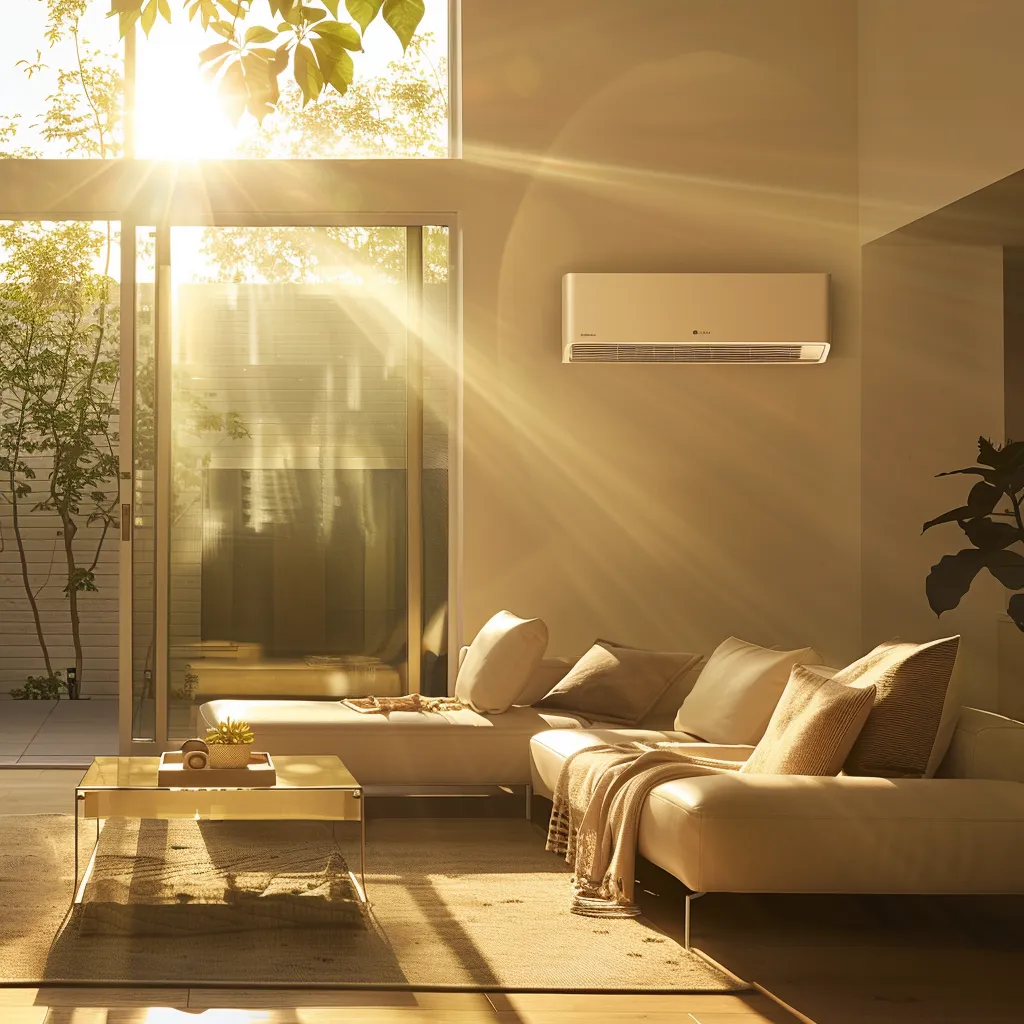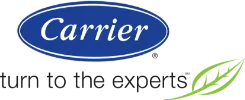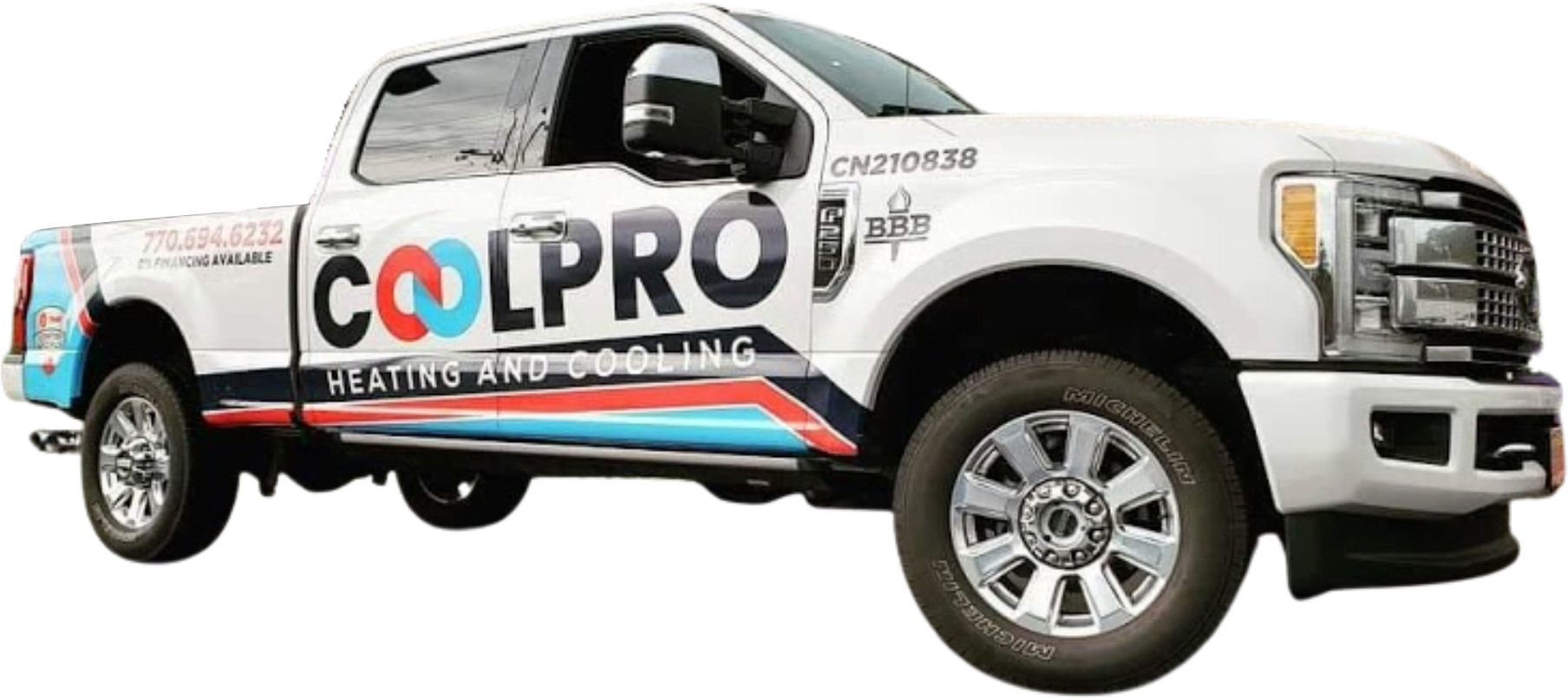Are you having trouble with your HVAC system? If so, don't panic! Here are some HVAC troubleshooting tips to help you troubleshoot the problem and get your system up and running again.
AC units can sometimes be troublesome, so it's important to know how to troubleshoot them. And one of the most common problems with HVAC units is that they stop cooling or heating. So this guide will teach you how to do all of the common troubleshooting tips for your HVAC unit.
- Check the Thermostat
- Change the Filters
- Check for Blocked Vents
- Check for Leaks
- Call a Professional
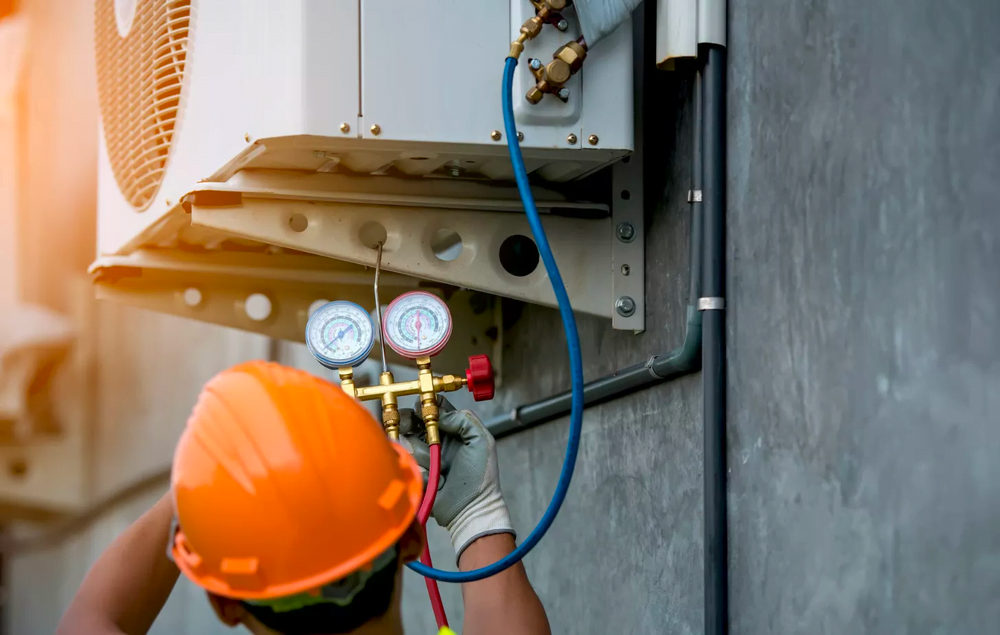
HVAC Troubleshooting Tips: How Do I Check the Thermostat?
HVAC troubleshooting tips vary depending on the type of HVAC system being used, but there are some basic steps that all homeowners should take in order to diagnose and fix issues. And one of the first things that you should do when you have a problem with your HVAC system is to check the thermostat. So here’s how to do it:
- When checking the thermostat, homeowners should first determine if the unit is receiving power. If it is not, then the thermostat may need to be replaced.
- Next, homeowners should turn on all of the HVAC units and check for proper airflow and temperature. If there are any problems with these components, they can begin troubleshooting by checking the wiring or thermostat settings.
- You can also set the temperature of your AC unit to your desired level and observe if it works accordingly. If not, you can change the batteries of your thermostat and check again. If replacing the batteries still doesn’t work, then it’s about time to invest in a new one.
HVAC Troubleshooting Tips: How Do I Change the Filters?
If your HVAC system is not working as it should, you can do a few things to troubleshoot the issue. And one of the first things you should do is check to see if any of the filters are missing or if they need to be replaced. To change the filter, follow these steps:
- Turn off the power to the unit at the main breaker or at the fuse box.
- Open all doors and windows in the room so that air can enter and leave freely.
- Disconnect all ducts leading into and out of the unit.
- Use a flashlight if necessary to see inside of registers and filters.
- Locate the filter that needs to be replaced and remove it from its housing.
- Check to make sure that all screws are tightened properly and that no debris is blocking any valves or fittings.
- Replace the filter with a new one, making sure not to cross-thread any screws or obstruct airflow into or out of registers or filters.
- Reinstall ductwork, closing registers and filters as you go along until all ducts are re-connected.
- Turn on power to the unit to see if everything works well.
Check for Blocked Vents
Whether you're seeing an increase in your energy bill or simply noticing that your system isn't as cold as it used to be, checking for blocked vents can help identify and resolve the issue.
Blocked vents can be due to a variety of things, like leaves, insulation, or dust accumulation. When you have a blocked vent, air doesn't have a way out and ends up building up inside the system. This can cause overheating and other problems down the line.
By checking for and resolving any blocked vents in your system, you'll help keep your HVAC running smoothly and efficiently. Here are some HVAC troubleshooting tips for doing just that:
- First, make sure you have the right tools for the job. A pair of binoculars or magnifying glass can help you see small details in your vent system that may be obstructing airflow. If you don't have these tools on hand, don't despair. There are many commercially available vent inspection products that will do the trick.
- Once you've got your equipment ready, take a look at each vent in turn and determine whether or not it's clear of any obstructions. If there are any particles or debris blocking the vent, use a vacuum cleaner or brush to clean it out before re-opening the ventilation system.
- Once all of the vents have been inspected and cleared, it's time to check for leaks. Leaks can occur anywhere in your home's HVAC system, so it's important to check all of the corners and cracks where air might escape. If you find a leak, fix it as soon as possible to prevent serious damage to your home.
Check for Leaks
If you notice any water seeping from around your air conditioner, it is important to check for any potential leaks. If there are any leaks, you should repair them as soon as possible in order to prevent further damage to your HVAC unit. Here are examples of HVAC troubleshooting tips for checking the leaks:
- One way to do this is to turn off the power to the system and then check for any water droplets coming from the joints in the system. If there are water droplets, then there may be a leak somewhere in the system.
- Another way to check for leaks is to use a blower or vacuum cleaner and see if it can pull any air out of any of the joints in the system. If air is being pulled out of one or more joints, then there may be a leak nearby.
HVAC Troubleshooting Tips: Call a Professional!
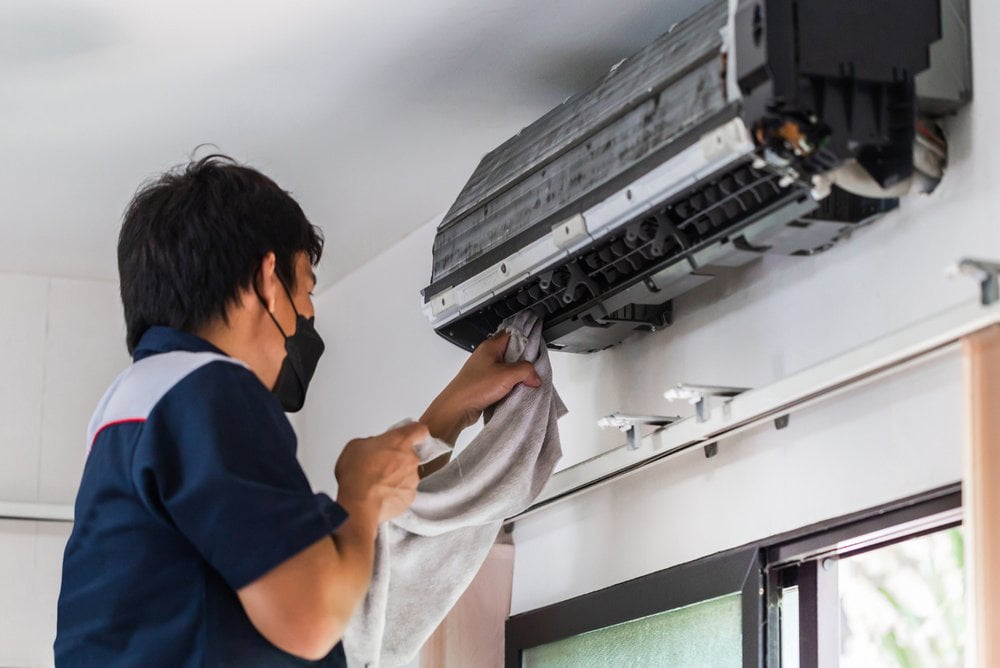
If you're experiencing problems with your heating or cooling system, there are a few things you can do to try and fix the issue on your own. However, if the problem is significant or seems to be getting worse, it may be best to call a professional. And with Cool Pro, you can ensure that quality repairs will be carried out without any hassle.
HVAC troubleshooting is an inexact science, but with a little prevention and good repair work, you can keep your home comfortable all year round. So for more HVAC troubleshooting tips, be sure to check out our blog and don’t hesitate to schedule a call with us!

